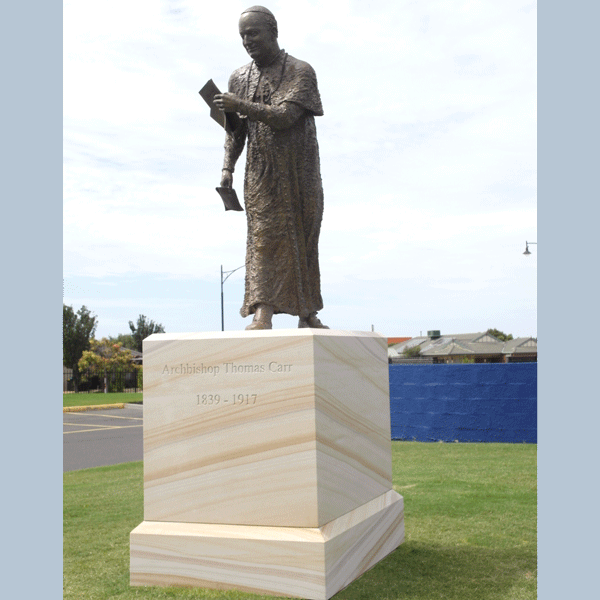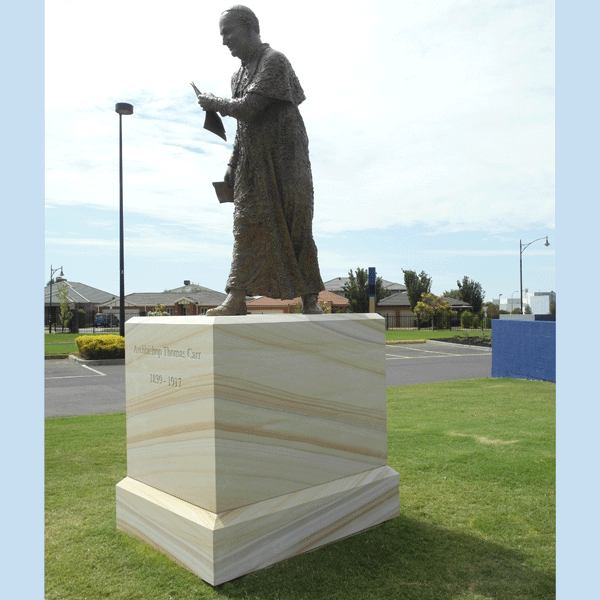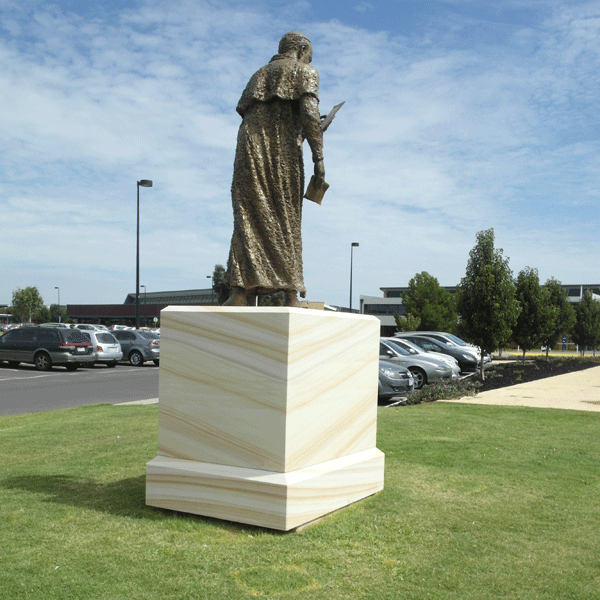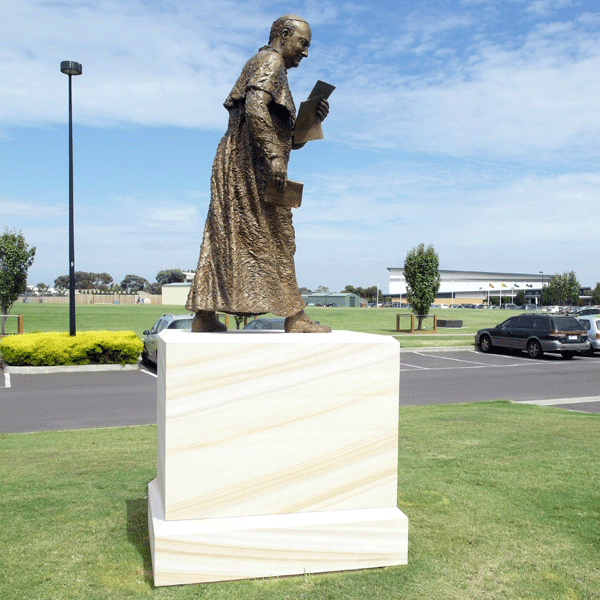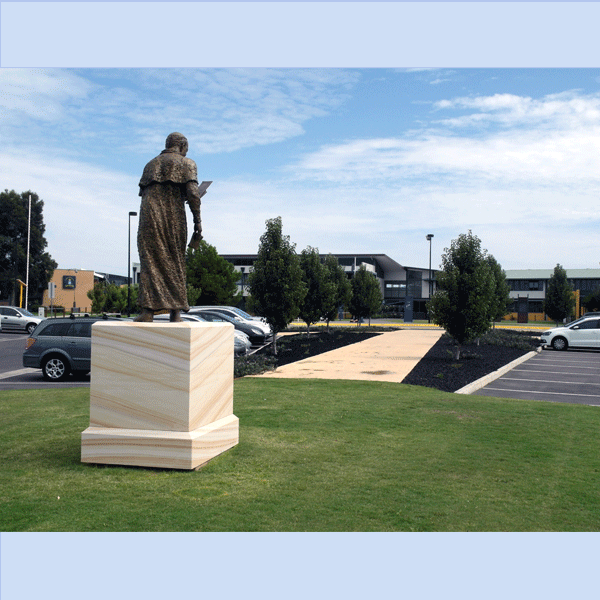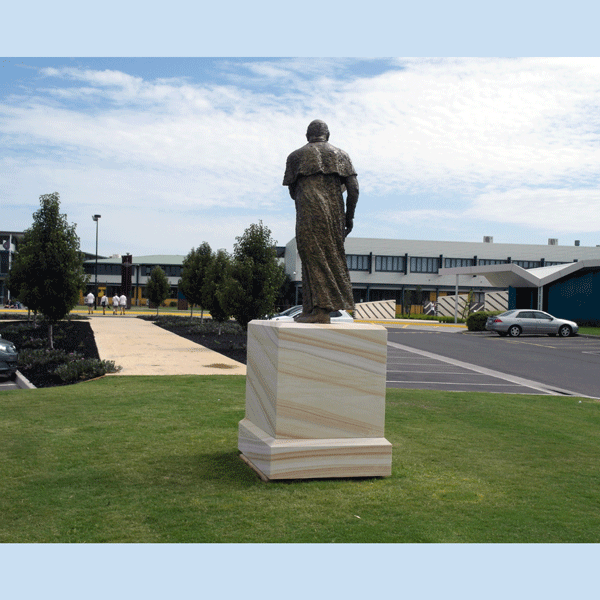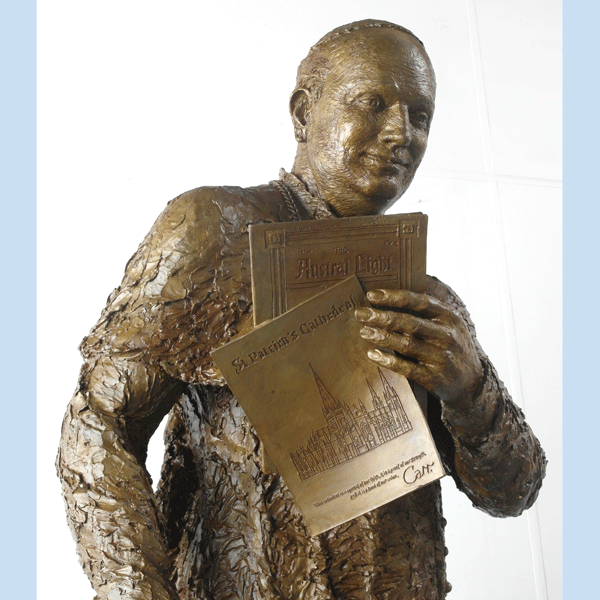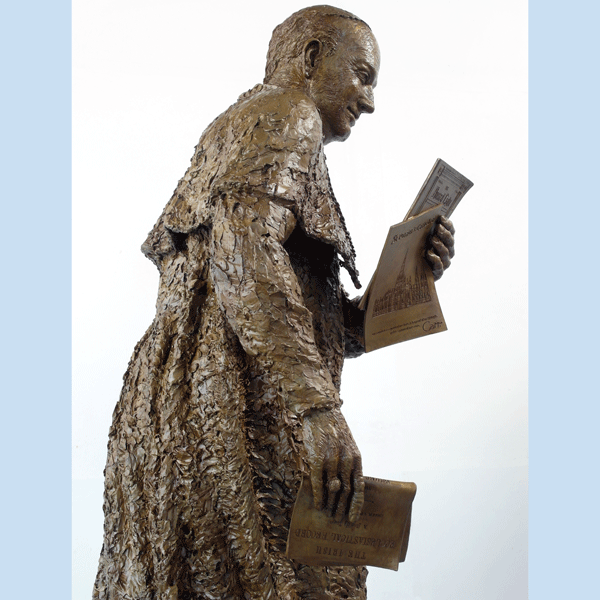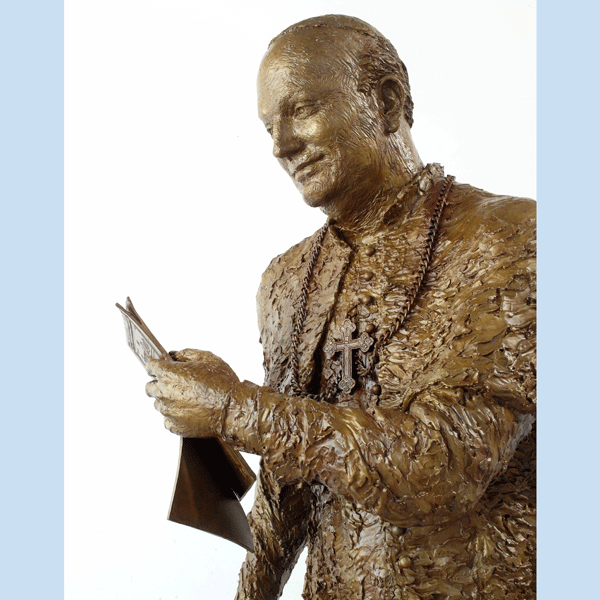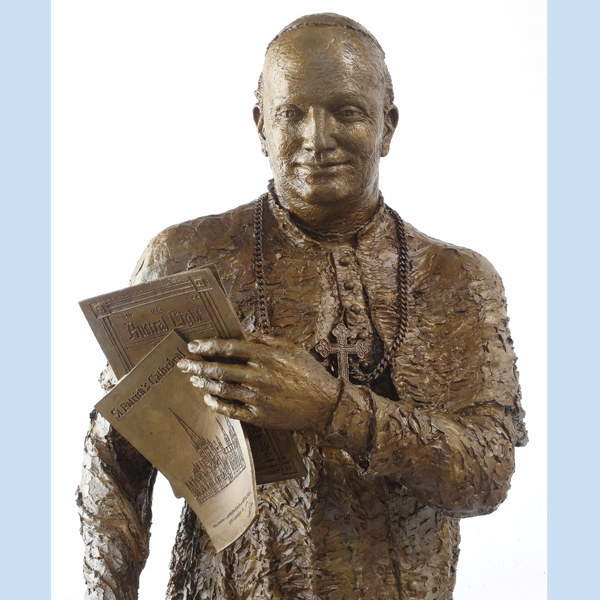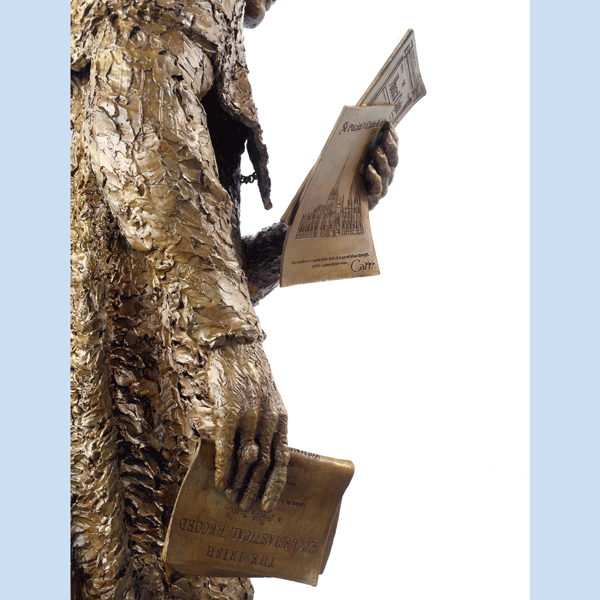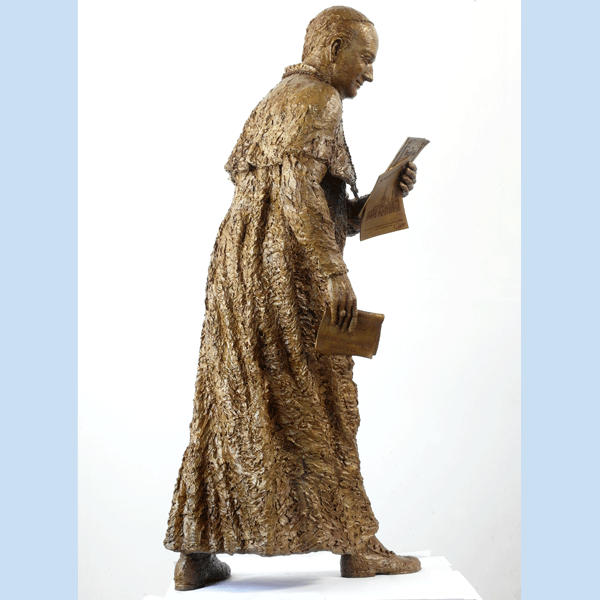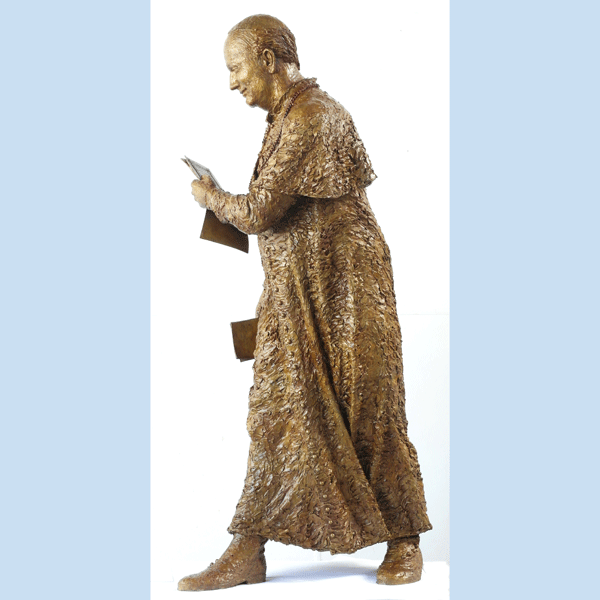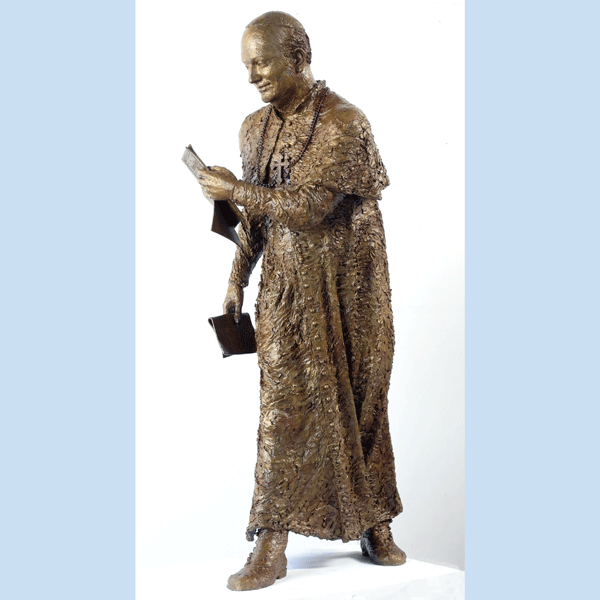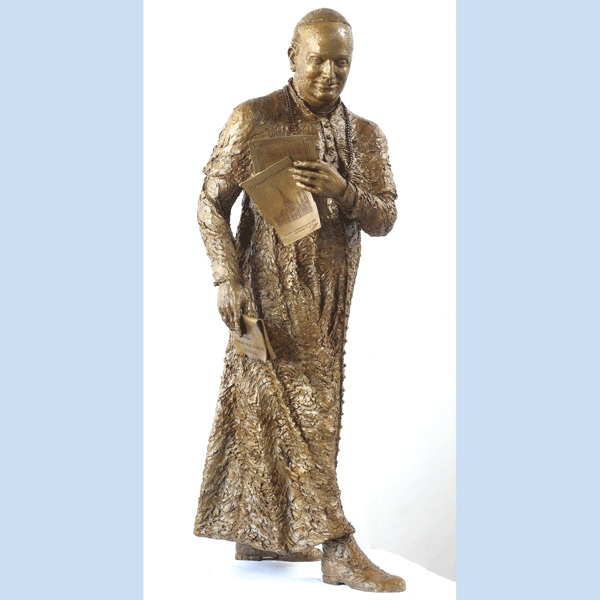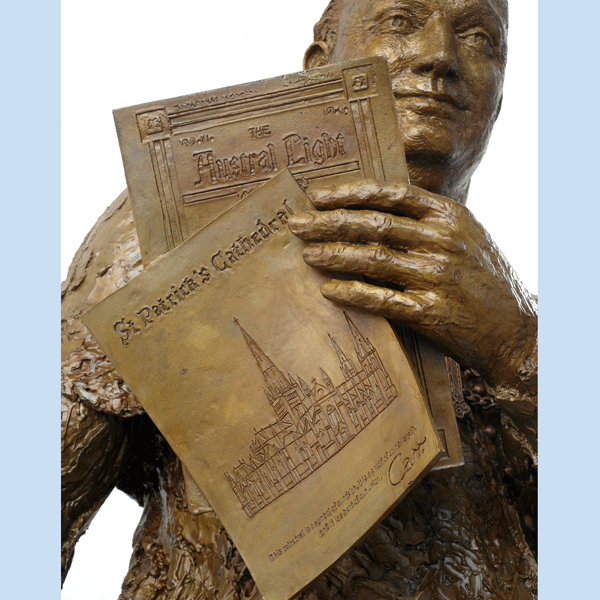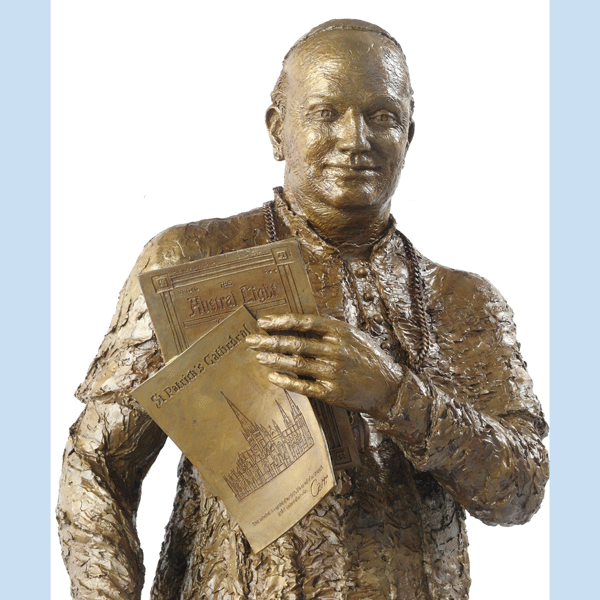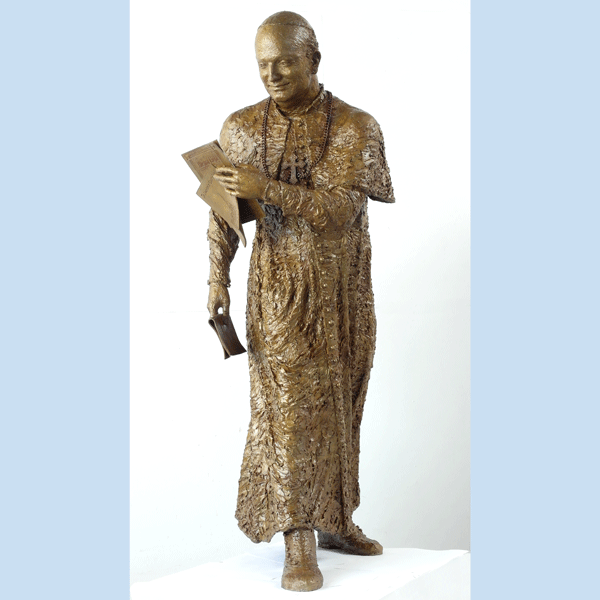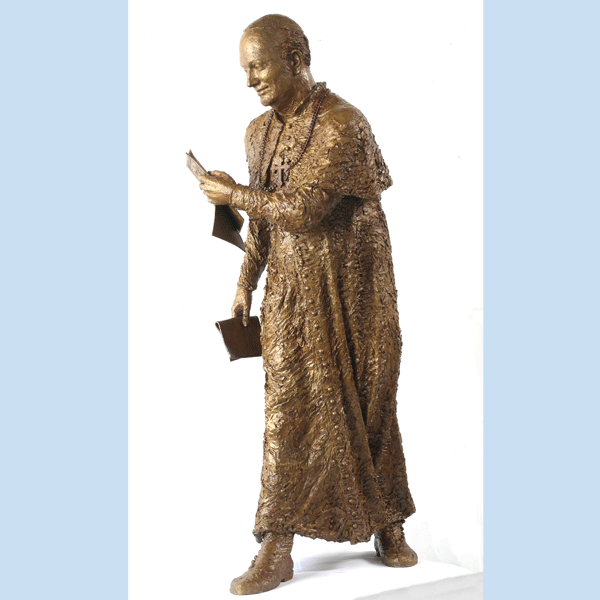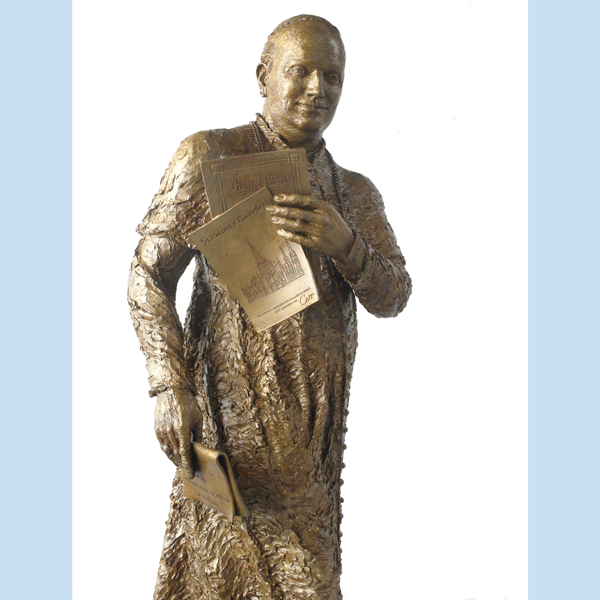Archbishop Thomas Carr
Thomas Carr College, Tarneit, Vic
Thomas Carr. Archbishop of Melbourne, 1886 - 1917
Accounts of Thomas Carr’s life focus on his career as a Bishop and Archbishop, on his work in education, establishing schools and churches, He was appointed Bishop to his home county of Galway, caring for a clergy that was controversially and radically politically active at a time when religious divides in Ireland were deeply divisive. When he was appointed as Archbishop to Melbourne, 1887 he was entering a community that was equally divided along political lines and also still struggling for its identity as a new country. Throughout all of this Thomas Carr maintained a strong role as a communicator, unafraid of controversy but always prudent, able, conciliatory, amiable with a genius for friendship.
It was a highly charged atmosphere of rapid political change, discussion and debate, that Thomas Carr found himself as a young man, studying and then teaching Theology at the Dublin Seminary, Maynooth. He was a serious and analytical man with a warm and generous personality. When faced with the choice to revive the Universities small monthly newspaper, the “Irish Ecclesiatical Record”, he took on the challenge with a grave intensity. The publication had almost failed when he took it over as editor.
News papers were the social media of their time. They were the most direct and most immediate way of communicating with a broad audience. Topically relevant, able to disseminate information rapidly and, very much in the vein of todays social media, reciprocity was a natural feature of a newspaper. A regular publication allowed right of reply through letters to the editor, or articles in subsequent editions.
Newspapers had rapidly increased circulation during the nineteenth century. They were for the first time reaching mass circulation and had a real and powerful impact on politics and society. In fact the Times in England is credited for the major political changes that brought about Catholic Emancipation in Ireland.
Newspapers were where radical or controversial views and issues were aired and discussed. Over 150 newspapers were circulating in London early in the century, at the same time Emancipation in Ireland saw increasing freedom for Catholics, education for their children, freedom of the catholic press, land rights reforms and repressive legislations lifted.
The Irish Ecclesiastical Record, under the management of Thomas Carr was genuinely successful and popular. He guided debate on passionately held topics, usually taking a middle ground, encouraging reform without resorting to violence or militancy. It reached far beyond Irish borders, it came to be in demand in US Canada India and Australia, connecting Catholic communities across the world. It continued in Ireland long after he left. It was in publication until the 1950s.
Carr’s biographer maintains that the “ Irish Ecclesiatical Record” was Carr’s most enduring contribution to the Irish Catholic Church. The newspaper later became the model for the Australian Catholic Record, and later the Austral Light, to which Thomas Carr also made regular contributions.
His involvement in the catholic press is often not highlighted, but when you read his life, it becomes clear that his dedication to journalism was a natural extension of his personality, communicating well with beautifully calibrated articles and sermons. Tactful but not afraid to speak the truth, prepared to research deeply so as to give a balanced perspective. Most of all it reflects the effort that he put into communication. Truly believing that lively debate, clear discussion and ready access to important factual information would be transformational to the whole Catholic community.
The sculpture we designed portrays him with his newspapers in his hand, The Australian paper, the Austral Light in his left hand in front of his body as if he is just about to glance at it. And the Irish one, the Ecclesiastical record in his right hand.
There is a reason why the sculpture shows him walking so strongly. When Thomas Carr came out to Australia, to Victoria, he took it upon himself to visit every area of his Archdiosis - a huge amount of travel for the times, in creaky carriages on rough dirt roads, yet again reflecting his active commitment to connecting the Catholic community, and to creating a personal relationship with his people. He had done the same when he was Bishop in Galway.
Alongside the Austral light is the drawing for St Patricks Cathedral. This is an interesting reference as it ties together all the ideas of Thomas Carr as a communicator and networker. The plans for the Cathedral were already in place when he arrived in Melbourne, but building had ground to a halt with a lack of funding. Thomas Carr felt strongly that the building of the Cathedral would give cohesion to the Victorian Catholic community. The cathedral is classically gothic in style, designed by famous architect Wardell. Carr donated significant sums of money himself toward building it and he worked tirelessly to raise funds and solicit gifts for the various chapels and the alter. the 1890’s saw a major recession in Melbourne, so fundraising was not an easy feat. nonetheless the main building of the Cathedral, minus its spires, was finished and consecrated in 1897.
There is a curious story about the Cathedral. After Carr’s death, his successor Archbishop Mannix was determined to finish the spires, announcing in 1937 the intention to build them, however Archbishop Mannix decided to change the original architects design and to increase the height of the main spire by over 90 feet. The image we have in the hand of the sculpture is of the original architects drawing.
To quote Thomas Carr; ‘This Cathedral is a symbol of our faith, a proof of our strength and it is a bond of our union”

